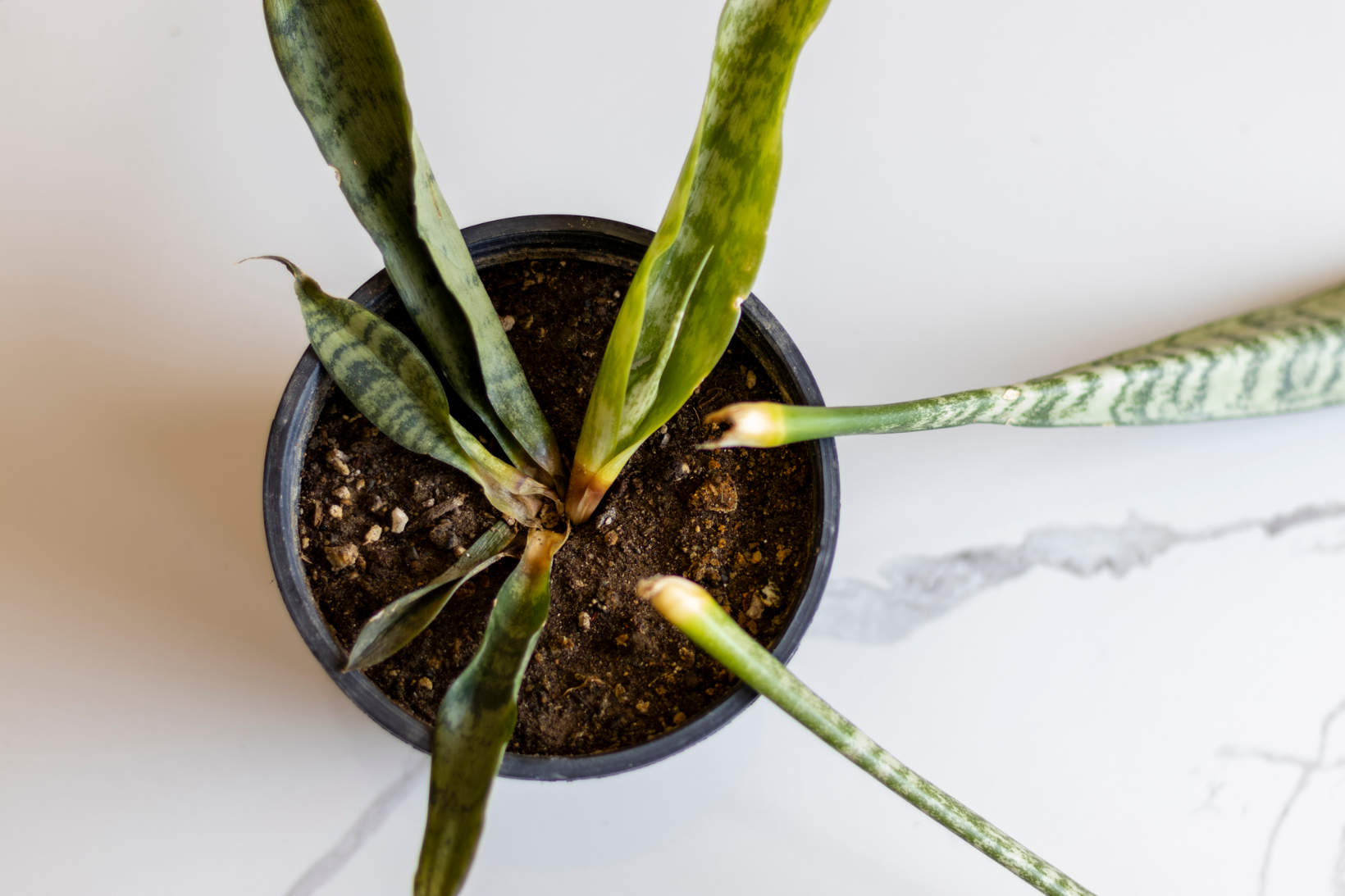Mushy Succulent Stems Causes and Fixes
Succulents are known for their hardy nature, but mushy stems are a clear sign that something is wrong. Mushy succulent stems are usually caused by overwatering, poor drainage, or diseases that damage plant tissue. These issues can make your plant weak, soft, and sometimes lead to rotting.
Spotting a mushy stem early can help stop things from getting worse. If you know what causes the problem and how to fix it, you can save your plant and prevent mushy stems from happening again.
Key Takeaways
- Mushy stems point to overwatering or disease.
- Quick fixes can help your succulent recover.
- Proper care keeps future problems away.
Understanding Mushy Succulent Stems
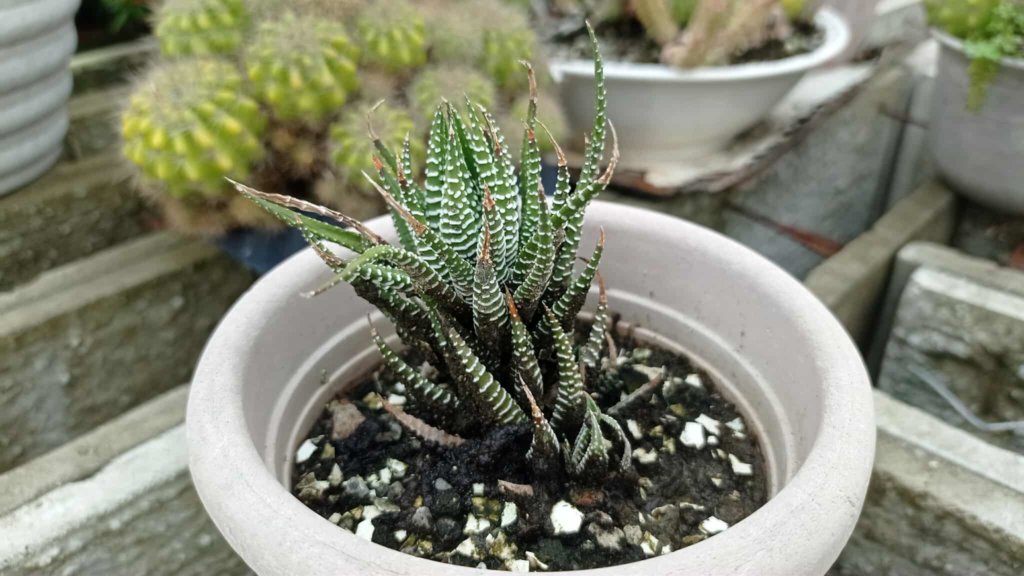
When succulent stems become mushy, it often points to specific problems that you can spot early if you know what to look for. Recognizing symptoms and differences helps you protect your plants and respond quickly.
Symptoms and Identification
Mushy stems feel soft or squishy when you press them. They may look swollen, wet, or even translucent.
You might notice leaves dropping with very little touch. Sometimes, the leaves themselves are soft and slide off the stem easily.
Discoloration is common. Mushy areas may show brown, black, or yellow spots, which can spread quickly up or down the stem. There may also be an unpleasant smell if rot is present.
If you notice white fuzz or mold, this may point to advanced decay. Look for clusters of collapsed or wrinkled leaves beneath the affected area. These are signs your succulent is in trouble.
Differences Between Healthy and Mushy Stems
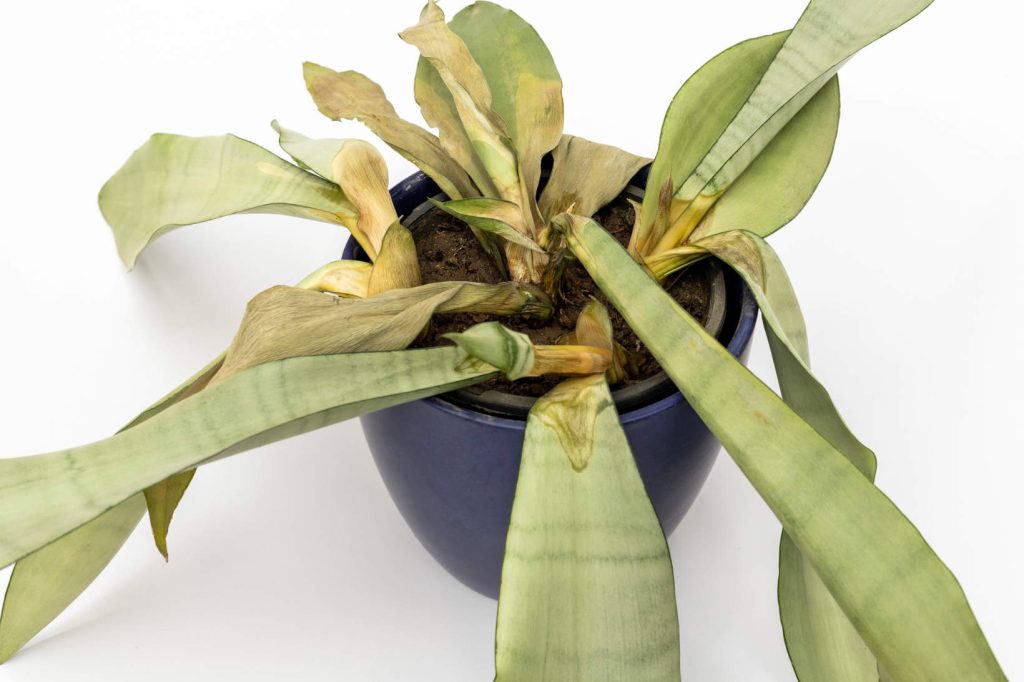
Healthy succulent stems are firm, plump, and show natural green or gray-green coloring. They hold their shape well and resist gentle squeezing.
Mushy stems, on the other hand, lose their structure and look deflated or watery. You may see thin or wrinkled skin, soggy patches, or sections that bend too easily. The stem could feel cool, damp, or sticky to the touch.
If a stem shows corking (woody, brown areas), this is normal aging, not mushiness. Focus on wet or squishy spots instead.
Common Types of Succulents Affected
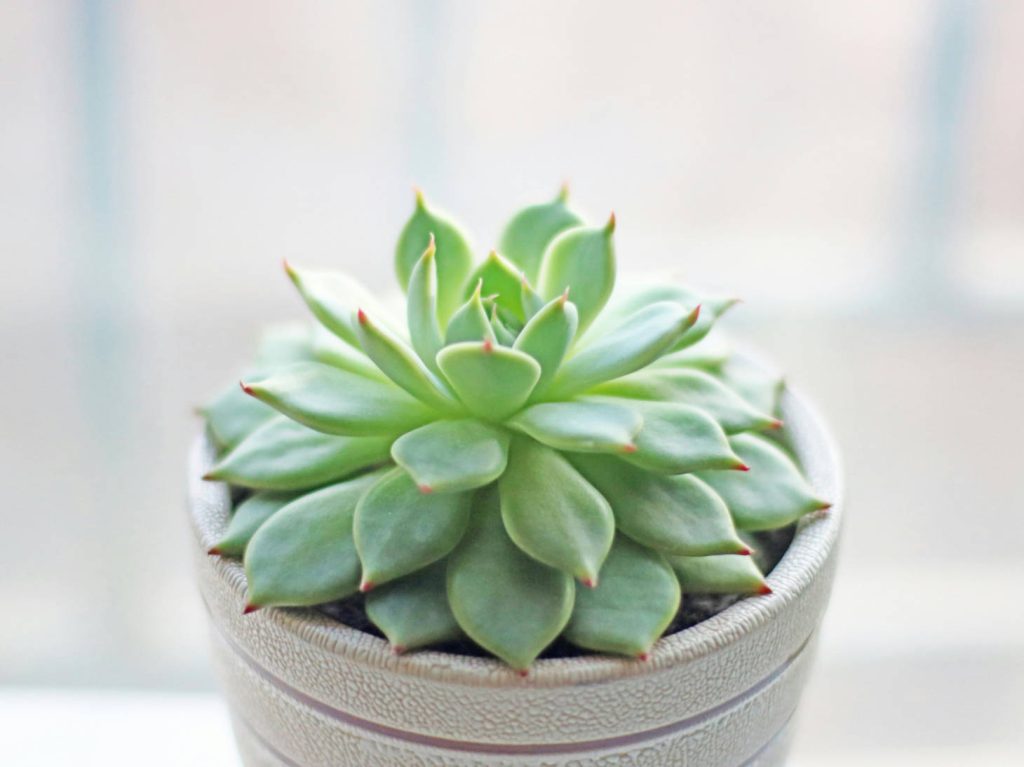
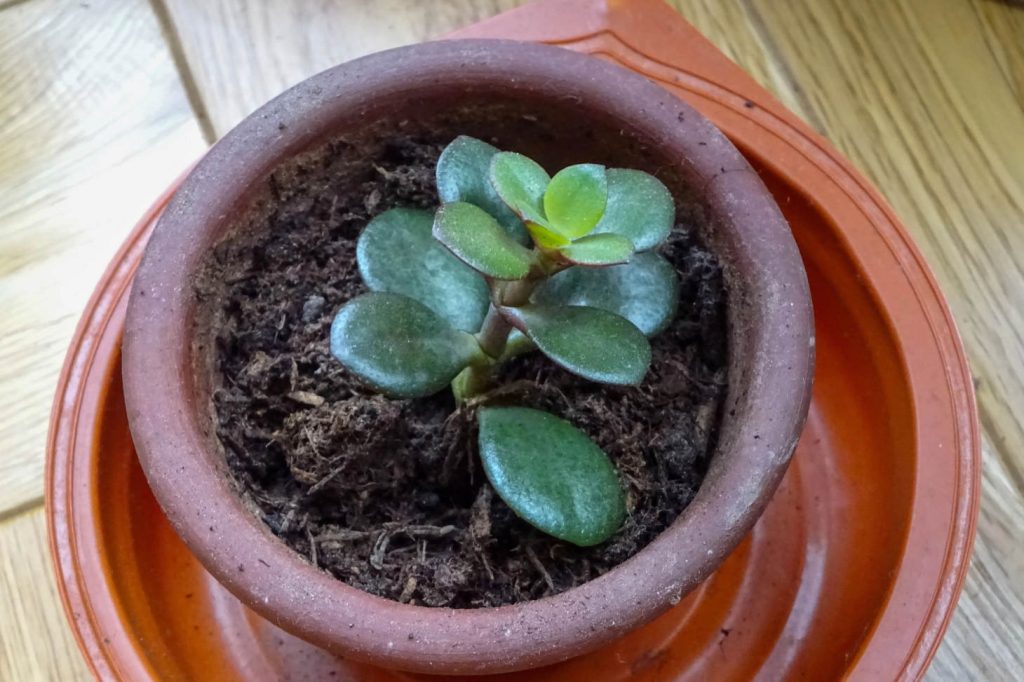
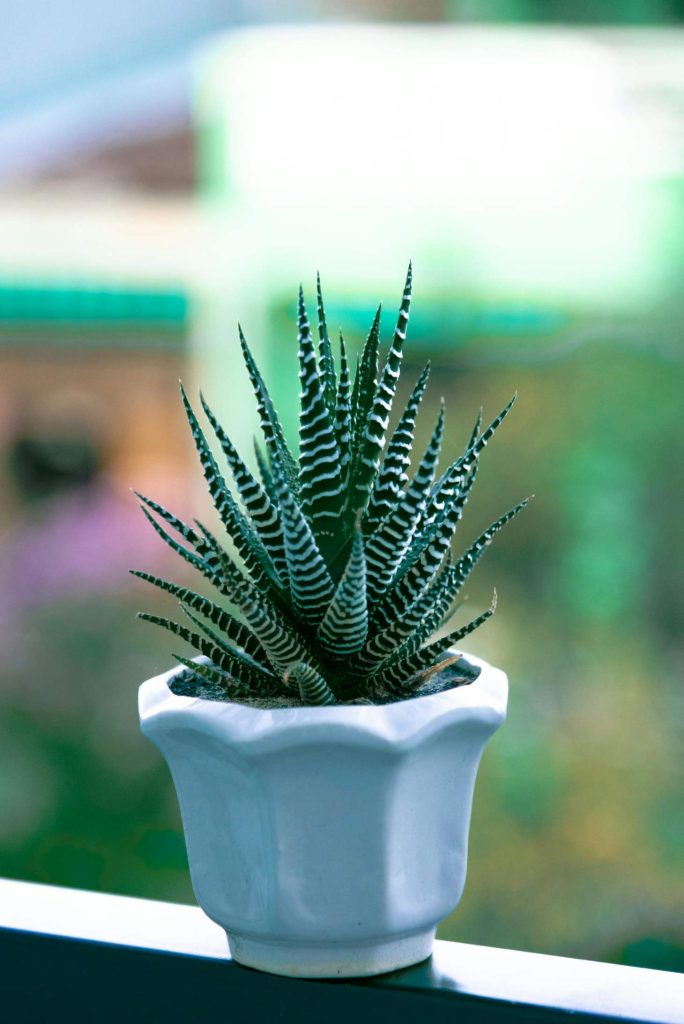
Some succulents are more likely to develop mushy stems. Echeveria, Jade plants (Crassula ovata), and Haworthia frequently show these problems, especially if overwatered.
Graptopetalum and Sedum species can get mushy stems in humid or poorly drained soils. Even hardy types like Aloe and Agave may be at risk if they sit in waterlogged pots.
Succulents with thin leaves or stems may show symptoms faster, while thicker-leafed varieties sometimes mask early signs. All species are possible victims if leaf drop, black spots, or stem mushiness are left unchecked. Checking for these issues regularly helps keep your succulents healthy.
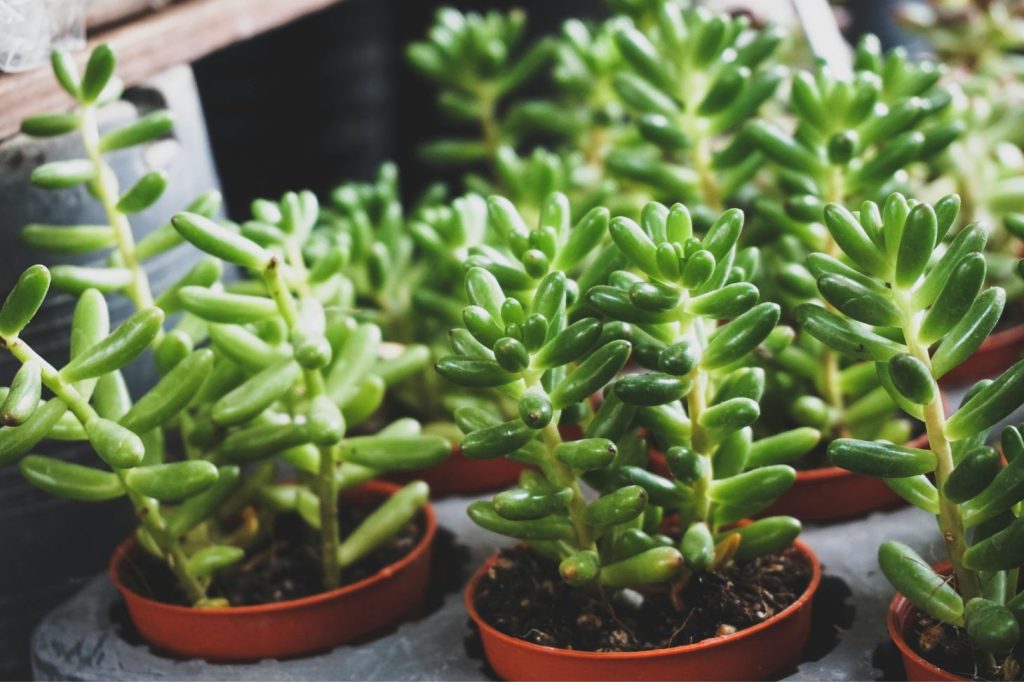
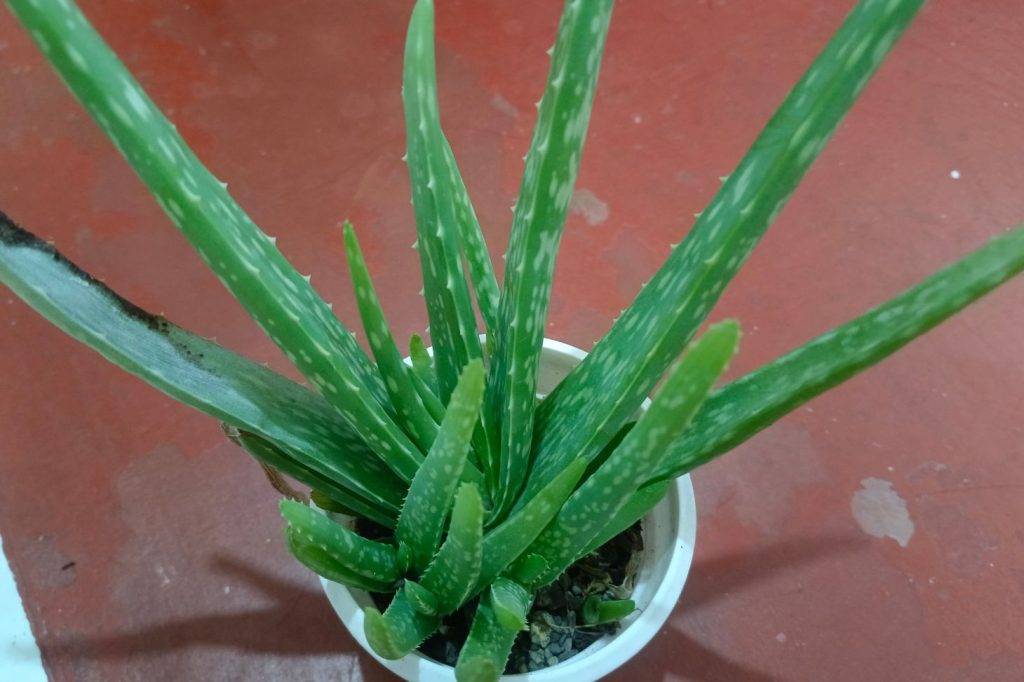
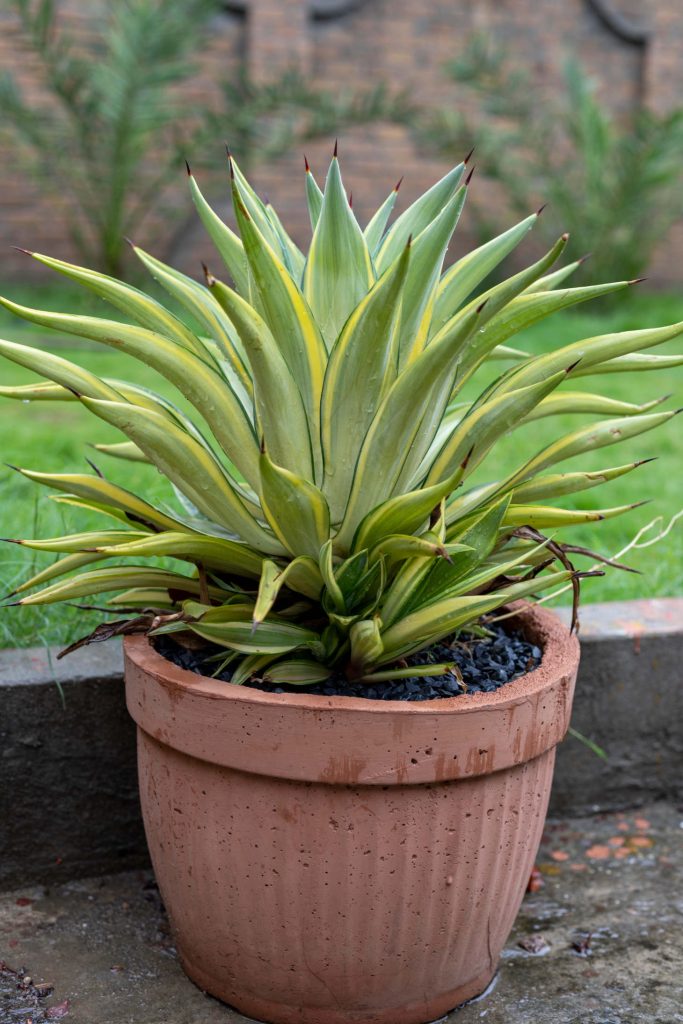
Primary Causes of Mushy Succulent Stems
Mushy stems on succulents are mainly caused by problems with moisture, pests, or infections. Soft, limp stems usually mean the plant is stressed or damaged, and quick action is needed to prevent long-term harm.
Overwatering and Soggy Soil
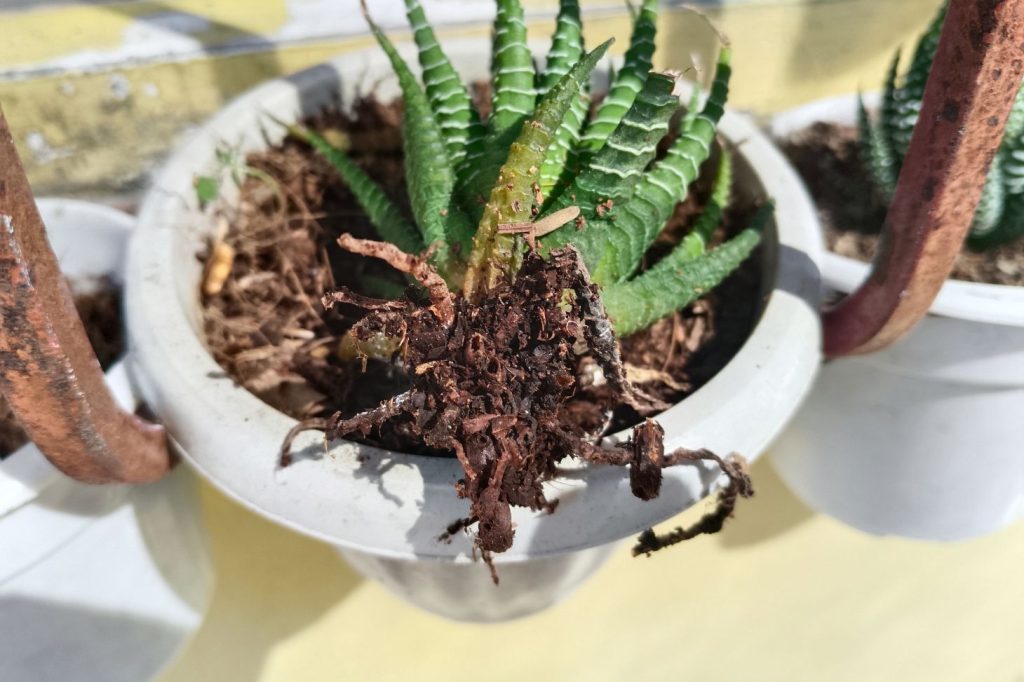
Succulents are adapted to dry climates and store water in their leaves and stems. If you water too often or let your soil stay wet for long periods, the plant soaks up more water than it can handle.
Wet soil around the roots never dries out, causing the tissues in the stem to swell and turn soft. Soggy soil is usually caused by pots with poor drainage or using heavy, dense soil mixes that hold too much moisture.
Overwatered succulents often have plump, mushy stems, and the leaves may become soft to the touch. Too much moisture also blocks the flow of oxygen to the roots, making it harder for your plant to stay healthy.
Root Rot and Its Development
Root rot is a serious problem that often develops in soggy conditions. It starts when excess moisture allows harmful fungi or bacteria to grow around the roots. Over time, these roots turn dark, mushy, and weak.
As the rot spreads, the plant’s stems also become soft and mushy because the damaged roots can no longer provide water and nutrients. You may notice a foul smell coming from the soil, and leaves can begin to fall off.
Root rot develops slowly at first but speeds up if the wet soil is not fixed. Early signs include yellowing leaves and weak stems. If left untreated, root rot can kill your succulent.
Removing the plant from the pot, cutting away the blackened roots, and repotting it in fresh, well-draining soil is often necessary. Always discard old, contaminated soil and use clean tools to prevent spreading the infection.
Pest Infestations: Mealybugs and Aphids

Pests like mealybugs and aphids can also cause stems to turn mushy, especially if infestations are left untreated. Mealybugs are small, white, and cotton-like insects that hide in leaf joints and suck out sap.
Aphids are tiny, green or black bugs that cluster on new growth. Both pests feed on plant juices, causing stems and leaves to soften, wilt, or become distorted. Infested areas may feel sticky or look fuzzy due to the insects or their droppings.
Pest damage weakens the plant, making it easier for bacteria and fungi to invade. Stems may start to collapse or turn mushy as the pests drain nutrients. Early detection and removal are key.
Disease Issues: Fungal and Bacterial Rot
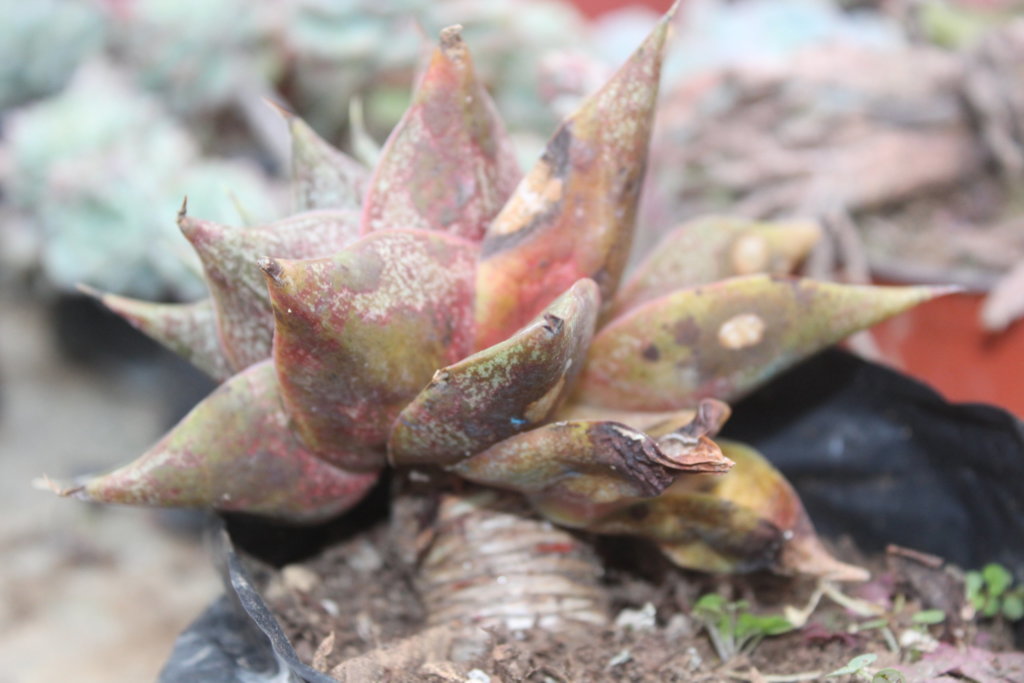
Fungal and bacterial infections are common after your succulent has already been stressed by overwatering or pests. Fungi such as those causing powdery mildew can invade soft, wet tissues, leading to rotting stems.
You may see gray, white, or brown spots on the stem and leaves. The tissue becomes softer and darker as the rot spreads. Some forms of bacterial rot also produce a foul odor and create water-soaked spots.
Powdery mildew forms a white, dusty layer on leaves and stems, signaling the presence of fungal spores. Infections can spread quickly in humid or damp environments.
Reduce humidity around your succulent, avoid getting water on the leaves, and trim away any rotting or infected areas with sterilized scissors. Dispose of plant parts that show signs of disease and keep healthy plants away from infected ones.
Effective Fixes and Recovery Methods
Repairing mushy stems on your succulents depends on fast action and using the right supplies. Success comes from removing mushy areas, managing pests and diseases, and changing how you water your plant.
Pruning and Removing Damaged Tissue
Mushy or soft stems are often a sign of rot. Use clean, sharp scissors or pruning shears to cut away all soft, mushy, or blackened parts.
Cut just above healthy, firm tissue. Sterilize your tools before and after with rubbing alcohol to avoid spreading disease.
After pruning, let the plant dry out for a day or two before replanting. This helps prevent more rot. If you have removed a large area, let the succulent form a hard callus over the cut surface.
Use a well-draining succulent mix when you replant. Make sure the pot has drainage holes.
If the base is too rotten, save healthy leaves or stems to grow new plants. Let cuttings dry for a few days before placing them on well-draining soil.
Treating Pests and Diseases
Some pests or fungal infections can cause stems to turn mushy. Inspect your succulent closely for signs of pests like mealybugs or tiny webs.
If you see bugs, spray the plant with insecticidal soap or a diluted solution of neem oil. Repeat treatment once a week until pests are gone.
Fungal or bacterial diseases need good airflow and dry conditions. Remove any infected leaves or stems. Do not let dead plant material sit on the soil.
Disinfect your tools between cuts. Keep affected plants separate from healthy ones to avoid spreading the problem.
Always check both the top and bottom of leaves for signs of pests or disease.
Adjusting Watering Routines

Overwatering is the most common reason for mushy stems. Succulents store water and need time to dry out between watering.
Let the soil dry completely before watering again. Use a moisture meter if you’re not sure when the soil is dry.
Switch to a well-draining succulent soil and make sure your pot has a drainage hole. Avoid letting water sit in saucers or trays under the pot.
Try the “soak and dry” method. Water deeply, then leave the plant alone until the soil is dry.
Water less in cool seasons or when there is less sunlight. Adjusting your routine helps prevent mushy stems in the future.
Long-Term Prevention and Care Strategies
Healthy succulents depend on the right soil, proper watering, and a safe environment. Preventing mushy stems means choosing the right methods and checking your plant’s needs often.
Optimizing Soil and Drainage
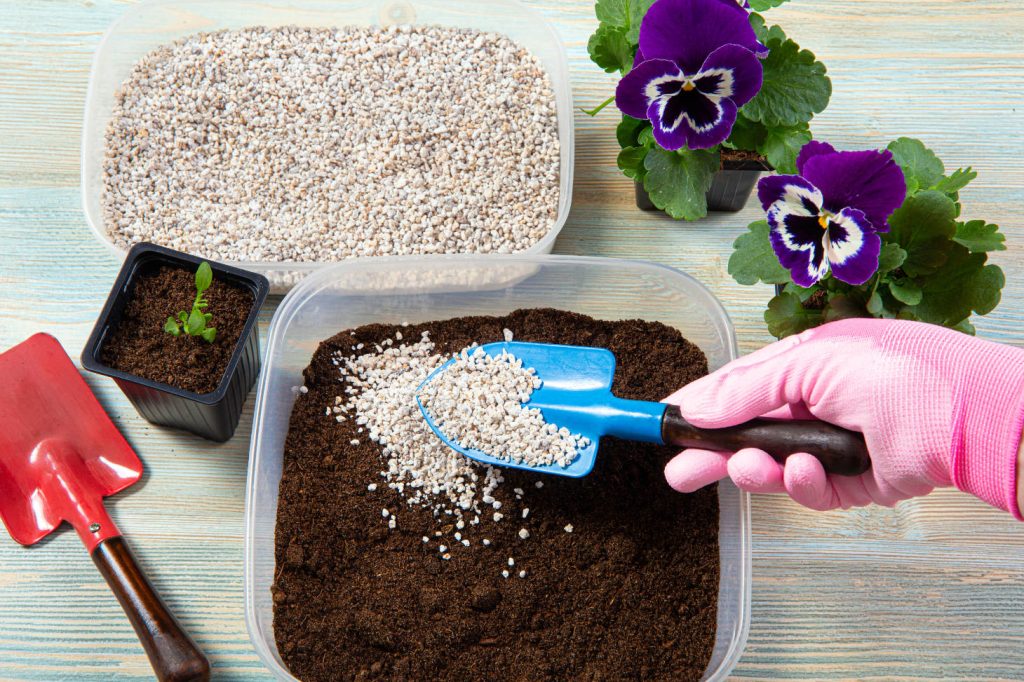
Choosing well-draining soil is key for avoiding mushy stems. Succulents need a mix that does not hold water for long periods. Regular potting soil can keep roots too wet, so use a succulent-specific soil mix.
You can add materials such as perlite, pumice, or sand to increase drainage. Check pots for drainage holes, this reduces the risk of water collecting at the bottom. Outdoor succulents also benefit from planting mounds or raised beds so excess rainwater can drain away.
Good drainage keeps water from lingering at the roots, which prevents rot and keeps stems firm.
Preventing Sunburn and Environmental Stress
Succulents can suffer from sunburn and sudden changes in environment. Too much direct sunlight, especially in the afternoon, can cause leaves and stems to burn and weaken, making them more likely to turn mushy.
If your succulents are outdoors, provide some shade during the hottest part of the day. Indoors, place them near a bright window but out of harsh, direct afternoon sun. Move your plants slowly if you change their location to let them adjust to light changes.
Wind, humidity, and cold drafts can also stress succulents. Protect outdoor succulents from heavy rain and wind with covers or by moving pots. Maintain steady temperatures indoors and avoid putting succulents near air conditioners or heaters.

